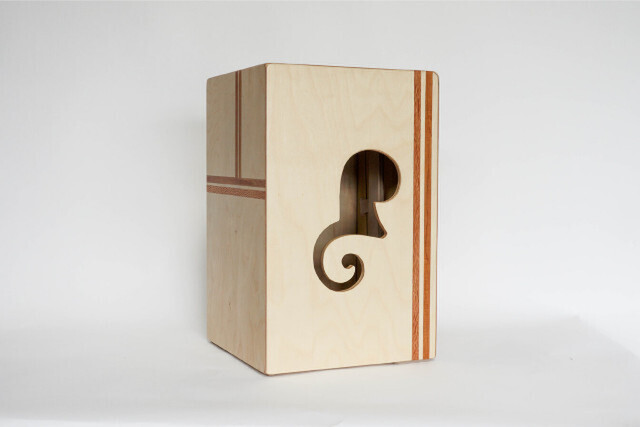Twelve years ago, entrepreneur Phill Jones started working on his take on the traditional Peruvian Cajón drum.
After 50 to 100 prototypes, getting better and better with every attempt, Jones’ persistence paid off, and he came up with a unique take on the ‘drum in a box’.
By putting a snare in the Cajón, and getting a “buzzing” that typical Cajóns don’t have, Jones’ exciting new creation is sparking interest in the musical community, and has even been used by the New Zealand Symphony Orchestra.
But it wasn’t for recognition that he started the business.
“I was having a bit of a hard time in life and I just needed to get up every day and decide what would get me out of bed.”
Struggling to find motivation, Jones felt an urge to get to his grandfather's workshop and build some instruments.
“So I started making these drums and initially they were not very good. So that challenged me to make a better one.”
The benefits
Jones the product can be incredibly beneficial for people who aren’t sure if they want to try out drumming because of its loudness or the amount of space a drum kit needs.
“People are living in smaller and smaller apartments and houses, and they don’t want to face the cost of, if I buy this [drum kit] for my child or for my hobby, and am I even going to like this and is it going to be too loud?”
Jones states that one of the best things about Cajón is that you really feel the rhythm of the music, and how a lot of deaf people who come to festivals and markets enjoy themselves because each part of a cajon feels different, so they can really connect with what they’re playing.
A highlight for Jones was when the New Zealand Symphony Orchestra, contacted him because they needed a cajon for a Spanish piece they were playing, and asked him for a customized cajon drum. Jones made them a double-sided cajon, and went along to the concert.
“In the Michael Fowler Centre, the acoustics were so good that the Cajón didn’t need miking up or anything. The orchestra was about 100 people, and it was great to see something that I had made on the stage with such amazing musicians.” this
Learning as he goes
Jones went through a significant trial and error process to get to his final product.
He experimented with different shapes for the cajon’s sound hole. He tried to put a wave in the middle of the circle, and when that didn’t work out he tried a koru, which ended up looking like a dinosaur head.
Eventually, he incorporated the koru by making it the hole, and put a koro shape below it because he couldn’t make a right angle with the tools he was using.
“I build them here in New Zealand and I’ve modified them in my own way. I’ve worked out how I like to make them and how I like them to sound.”
He’s proud something he started for his own mental health is now making a difference in the lives of musicians around the country.


